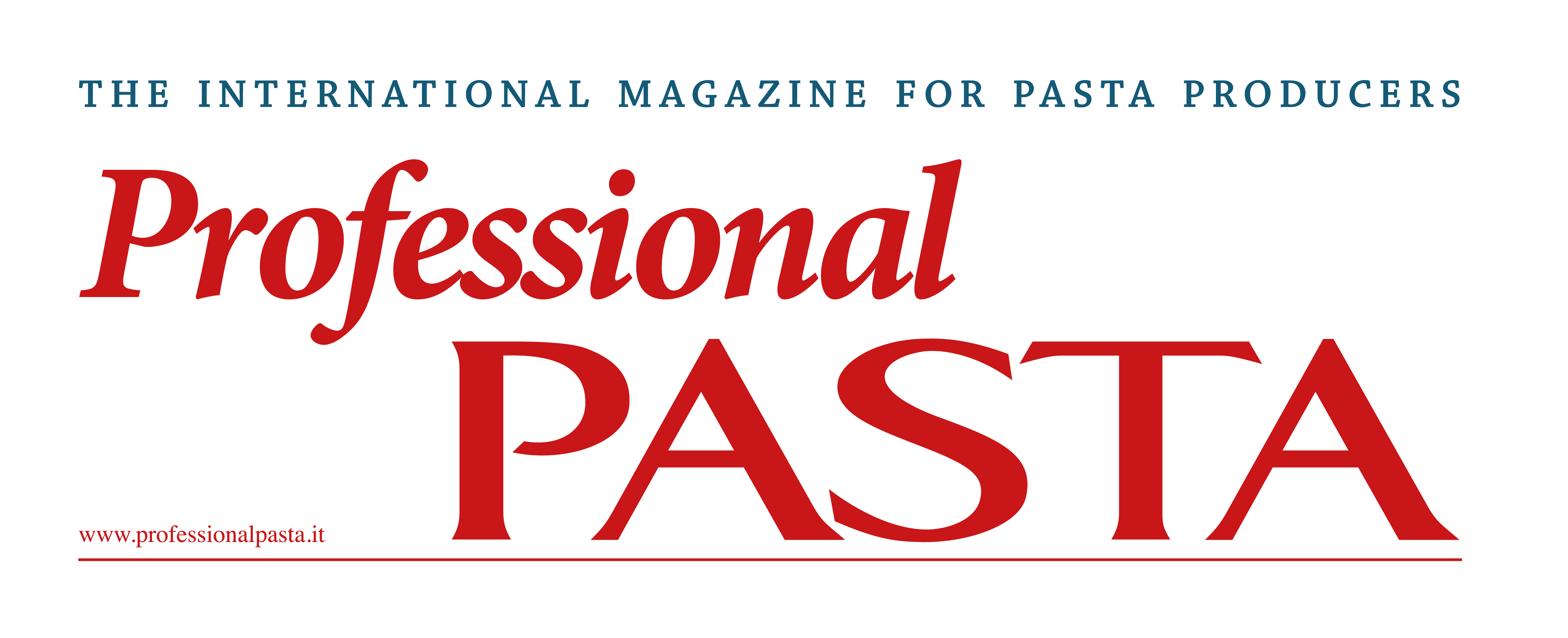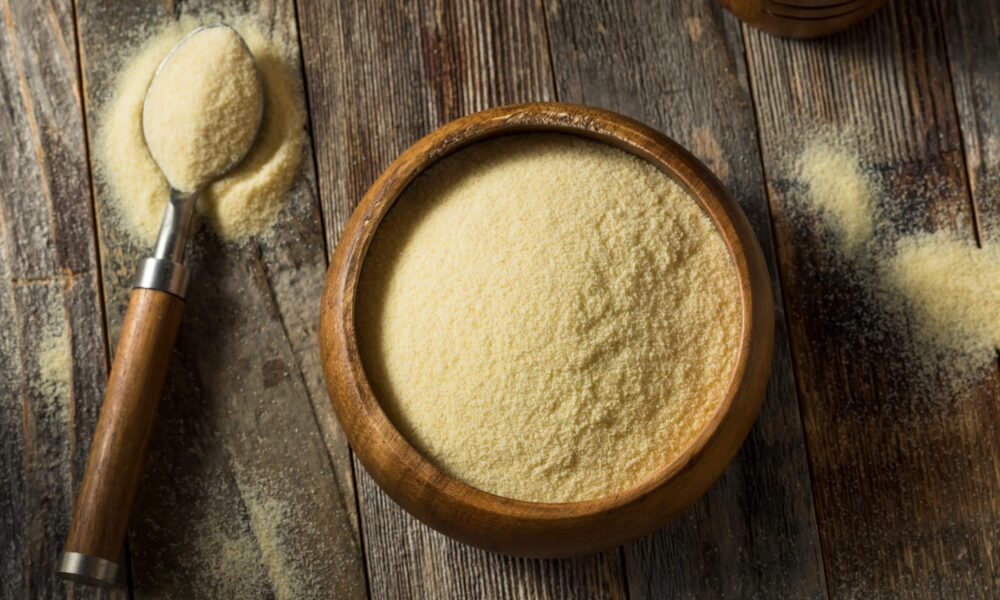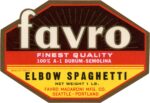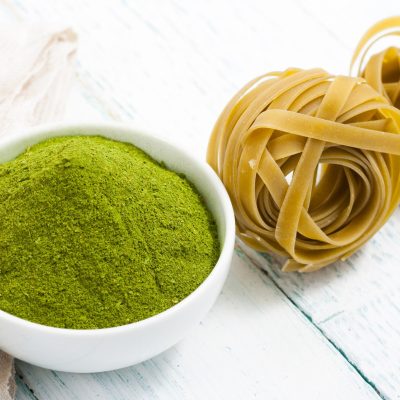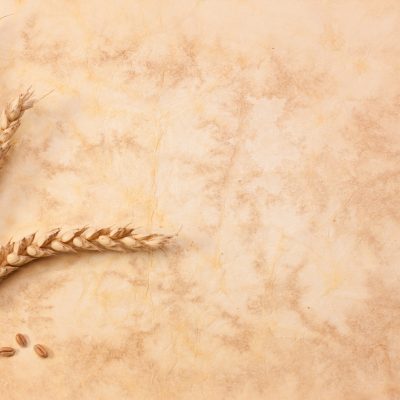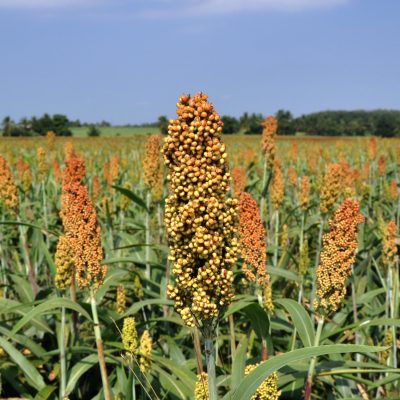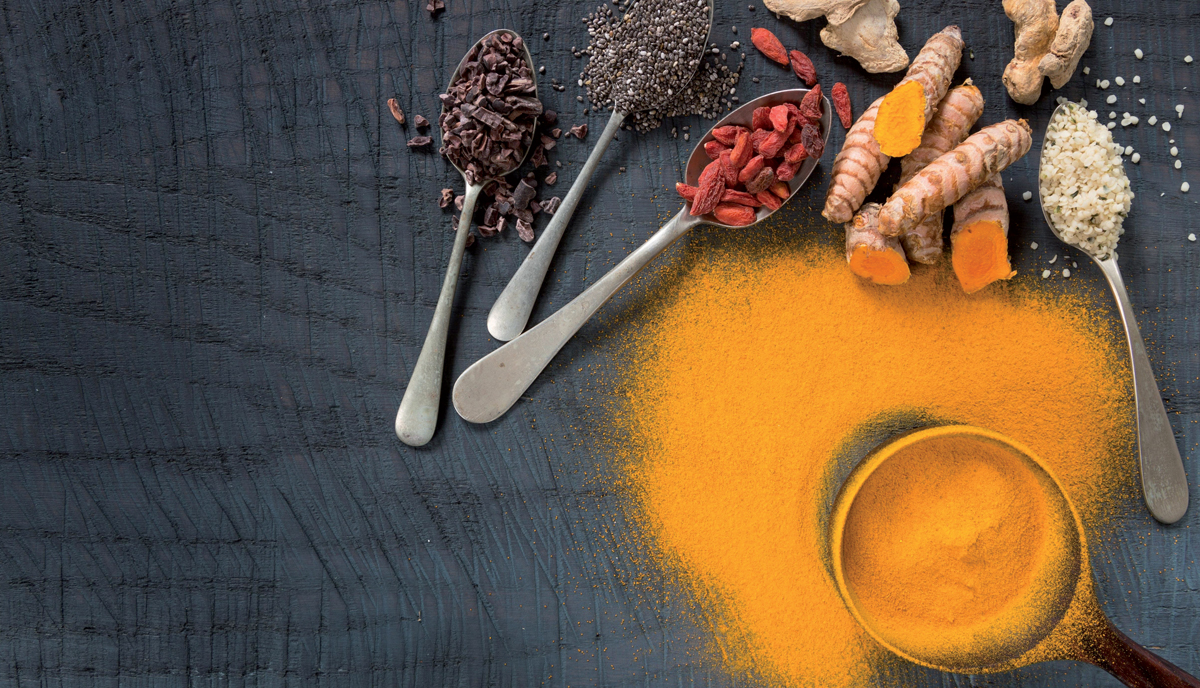What’s new in the Italian pasta value chain
The modern and Italian model of making pasta was born with law 580 of 1967 which established that to make pasta you need semolina, obtained by grinding durum wheat in purity, the basis of a very simple recipe: semolina plus water. With this law, a few but essential quality requirements were established: maximum ash content, minimum protein content and humidity level.
Since then, many things have changed: over the decades, semolina has become increasingly rich in anthocyanin pigments (more colorful), richer in proteins and more guaranteed from the point of view of food safety. Other subsequent laws, including the European Food Safety regulations, have contributed in this sense.
Our production chain was therefore forged with this law: farmers grow varieties of durum wheat that guarantee good agronomic yields, but which are also equipped with quality characteristics that have a positive impact on the finished product, such as color and the quantity and quality of proteins. Storage centers accumulate durum wheat in silos depending, for example, on the test weight and/or protein content or on exclusive varieties belonging to mills or pasta factories or seed breeders.
Subscribe to the magazine to read the full article

